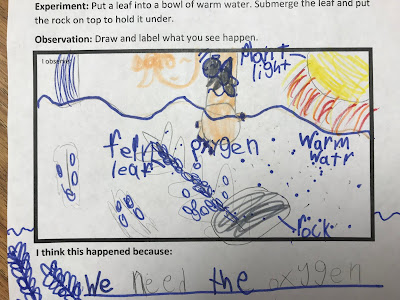The Seabury School six through eight year olds recently had a delightful visit to the Ohop Indian Village where we used all of our senses to experience the Northwest Native American life.
We have done a lot of reading and activities at school but there is nothing like rolling up your sleeves and experiencing it!
Ready? Set? Touch everything!
(Except for the poisonous plants!)
Welcome to the Ohop Indian Village
The Valley of the Sound of Rushing Water
Walmarts and Costcos
Electricity and running water
Iphones and Ipads
and learned how to survive and thrive
as Ohop Native American children.
To the Native Americans, the forest was their home, their play ground, their school, their grocery store, their pharmacy, their lumber yard, their hadward store, their everything! No wonder they highly respected it and took good care of it!
The spring home
Sitting on our chairs and listening carefully.
Smelling the sweet grass
Play was an important way to learn the skills necessary for survival.
An impromptu ring toss game
Making the "friendship" mark on his face
With this mark, others knew you were friendly
and would talk to you.
All of us chose to be friendly!
Using ironwood tongs to put hot rocks into a waterproof basket to boil water
This basket, called the Mount Rainier basket, is made from bear grass, a light colored grass that dyes well. We were asked to not touch this 300 year old artifact.
Matching furs and tracks to the forest animals
A stick, a rock, and a bone make a fine working drill.
Sweet grass, cattail, bear grass and cedar strips
Learning how to be still, aim, and hit a target
Aiming at the BEAR!
The summer home
Making music on a plank drum
Braiding is another skill to learn.
Spear throwing practice
Sharpening a slate arrowhead
Hollowing out a canoe
The winter home would have been a long plank house with beds along the sides for sleeping.
Making ornamental jewelry
Grinding corn using a stone mortar and pestle
Pounding soaked cedar bark into soft fibers
Cedar bark fibers could then be twisted into cordage
and made into cloth.
Diapers, stuffed with cattail fluff, were made this way!
Dressing up and carding mountain goat wool
Rolling the wool on his leg and using a spindle
to make mountain goat yarn
Weaving the yarn - over, under, over, under
Tanning a deer hide
Making her mark for the future - a harbor seal petroglyph
Even this teacher gets in on the immersion experience.
And look, she's friendly, too!
Thank you, Ohop Indian Village,
for such a rich immersion experience!!

































































